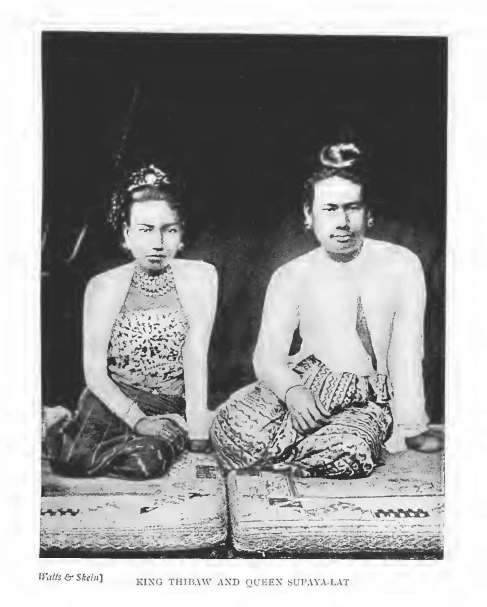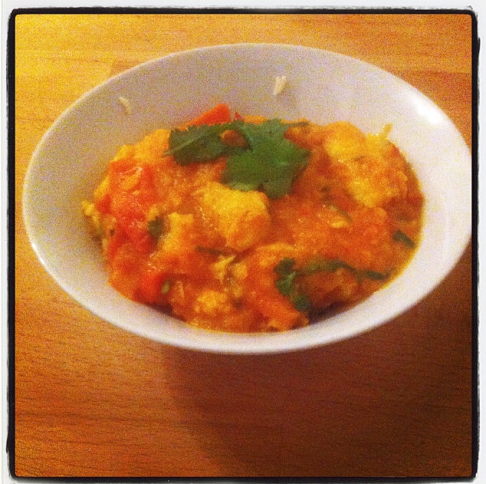It’s the 1940’s and the war has yet to hit Burma, the place that school teacher Grace has been sent by her father to keep her safe and away from the war. Little does he know that a couple of years later, Japan will invade and the British will flee Burma. Grace works in a school for orphans of mixed Burmese-British heritage, who are neither accepted by the British or the Burmese. On the advice of the headteacher, they delay evacuation of Rangoon until it is too late – Grace desperately tries to find a safe passage out to India but no-one will take a group of 64 mixed race children. Desperate, they begin the journey to India on the old clapped out school bus, in the hope that they will eventually find help. But as the days go by and the journey through Burma gets more bloody, their chances of making it out Burma alive seem slimmer by the day. When their driver is killed by Japanese gun fire, it seems that they have no hope – but then they chance upon a herd of elephants, being transported to India and it seems they have a second chance. Joining the herd, they begin a journey through jungles, mountains and river, with the Japanese on their tail. Will they the group survive against the odds and complete a journey that seems impossible?
I will admit that at first, I was ready to dismiss this novel – the writing isn’t brilliant and to be honest I was surprised to discover that the author John Sweeney is in fact a journalist. The writing isn’t particularly evocative or poetic and frequently uses language and phrases that aren’t at all PC – like ‘half-caste’, which being of a generation that doesn’t use that type of language, made me shudder a bit. It’s also a bit slow to get going – I think the first third of the book could be cut and it wouldn’t lose anything. But I still persevered and I am glad I did because I have to say, despite the slightly sloppy writing, the story is a cracker! I admit I am biased because I love elephants, so once they entered the story, I was gripped. But I also feel I learnt about a side of WW2 that I didn’t ever learn in school – everything I learnt was about London and the Blitz, or Europe and so it was quite fascinating. While reading it, there was a big part of me that was wishing it had been written by a better writer – but not every book you read can be a masterpiece!




